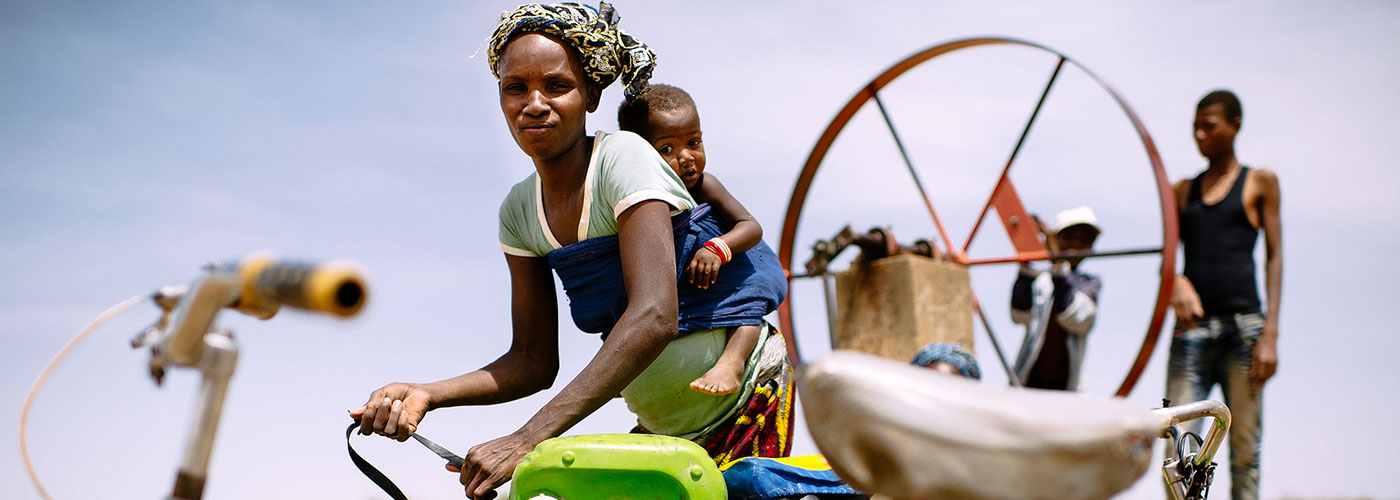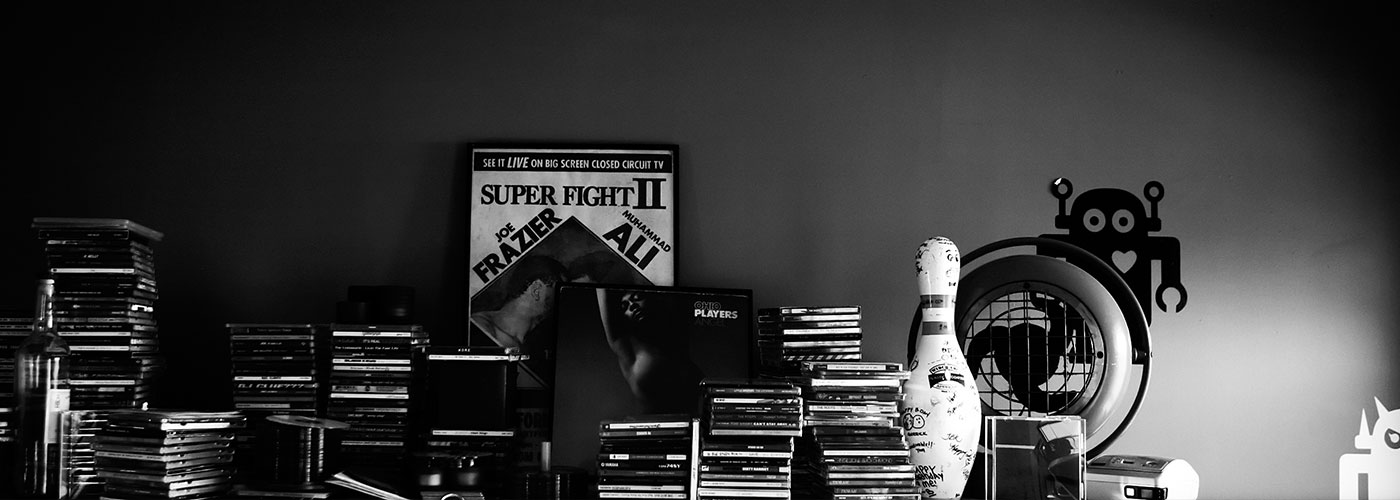Emergency response outweighs prevention when there are lives at stake.
“In rural communities, some girls believe that if they want to have a good menstrual cycle, they need to sleep with a boy before it starts,” says Dr. Gideon Emorut, founder of GEEL Medical Services (GMS). “We’ve seen girls get pregnant at 12 or 13 years old.” Although Dr. Emorut’s health clinic runs sex education programs to fight misinformation and prevent teen pregnancy, one out of four girls in Uganda between 15 and 19 years old still become mothers. And when a girl is pregnant, finishing school becomes secondary to ensuring that the girl and her baby are able to survive childbirth—especially when a health clinic with proper equipment is often 20 to 50 kilometers away.
We’ve seen girls get pregnant at 12 or 13 years old. Tweet This Quote
The odds are stacked against these girls, but Dr. Emorut, a 2014 Unreasonable East Africa alumni, strives to serve them by running a private health clinic in Tororo, Uganda, a rural town bordering Kenya. The clinic employs 25 full-time and five part-time workers—spanning from doctors, nurses, and technicians to client and facility managers. What makes them unique is that they are able to provide affordable, 24-hour care to patients who normally wouldn’t be able to access healthcare because of distance, time of day, or cost. Since its inception in 2011, they’ve adequately attended to and sent home 200,000 patients. But no matter how skilled they are as a team or how accessible they are as a facility, their effectiveness is limited by the type and amount of equipment that they have.
Here in Tororo, maternal child mortality rate stands at 1/11 in every birth. Tweet This Quote
“On Monday night around midnight, there was this 17-year old girl who had moved around to different facilities, but couldn’t get attention,” says Dr. Emorut talking about an incident last week. “She came to GEEL hospital, but the girl was anemic so she needed a blood transfusion. We didn’t have the facility that can store the blood. We had to refer her… She and the baby she was carrying was lost. Two lives were lost.” GMS handles more than 200 childbirth cases per month, but with proper equipment, that number could rise to 900 (or more). “Here in Tororo, maternal child mortality rate stands at 1/11 in every birth.”
That’s where Project C.U.R.E. comes in. The U.S.-based nonprofit donates medical supplies and equipment to recipients in developing countries, and they’re donating more than $400,000 worth of medical equipment to GMS. They need to raise $30,000 to get the equipment to Tororo now. If the equipment had come sooner, it could have saved the lives of the anemic girl and baby because it includes blood refrigerators—along with caesarean section, neonatal care, infant incubator, and dental equipment. (Dr. Emorut’s wife, Lilian Emorut, is a dentist and performs dental procedures for locals, especially middle-class families, which would also help fund clinical operations.)
Decades of evidence in development work, though, shows that there’s an ever-looming danger to good intentions. The World Health Organization (WHO) warns that only 10 to 30 percent of health-care equipment donations become operational in developing countries. Wasted equipment is often attributed to the lack of communication between donors and recipients, but there are also dysfunctional systems in place in most government-run facilities.
“What’s different about a private medical service is that, if something breaks down, we fix it right there and then because the services need to continue,” explains Dr. Emorut. “We’re able to fix the equipment fast because we have private technicians that we pay to come in. But in the government, it first needs to be approved.” What takes a state-run facility one to two years to fix, GMS can fix in a week, at the latest.
The more equipment they receive, the more services they can provide, the more lives they can save Tweet This Quote
Fast repairs and effective services are made possible by their sustainable business model. The more equipment they receive, the more services they can provide, the more lives they can save, and the faster they can pay for equipment parts and repairs if needed. Once the equipment is in place, they will break even in three months and expand their services—responsive and preventive—into more communities.
But, in order to get this medical engine running, they need to get the parts from the U.S. to Uganda. To do that, Dr. Emorut and the GMS team opened a crowdfunding campaign with the goal of raising $30,000—the amount needed to get the equipment to Tororo.
Want to take action?
Click Here to send medical equipment to Uganda!



